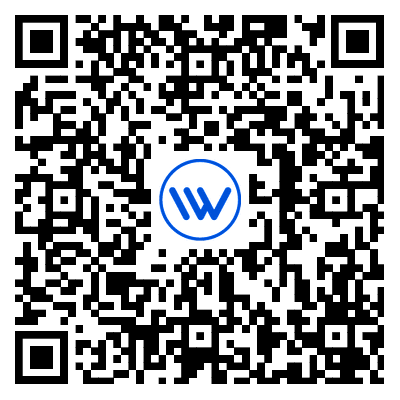A Comparative Analysis of Lerwee Network Management and SolarWinds
In the wave of digital transformation, the selection of network management tools directly impacts enterprise IT operation efficiency and security bottom line. As a representative of domestic network management platforms, Lerwee Network Management requires a multi-dimensional analysis from functional architecture, security compliance, and cost-effectiveness when compared with the international veteran tool SolarWinds.
1. Core Functional Architecture Comparison
Lerwee Network Management V7.0 takes “full-stack intelligent monitoring” as its core, building a three-dimensional monitoring system covering network devices, servers, storage, and wireless networks:
Basic Monitoring Capability: Supports mainstream devices such as Cisco, Huawei, and H3C, collecting metrics like port traffic, CPU/memory utilization, and link latency via protocols like SNMP/Telnet/SSH. Combined with topology auto-discovery, it generates physical/logical topology maps for visual monitoring from global to single-device levels. Dedicated line monitoring uses Rping/NQA detection, supporting real-time analysis of bandwidth utilization, jitter, and packet loss rate, and manages multi-region links through directory classification.
Intelligent Operation and Maintenance Features: Built-in AI threat detection engine identifies abnormal traffic and configuration changes; fault self-healing automates common issues like insufficient disk space and password expiration via pre-set scripts, reducing MTTR by 60%. Configuration backup supports FTP/SFTP/TFTP protocols, compatible with multi-vendor devices, enabling timed backup and version comparison of configuration files.
User-Friendly Design: The interface features modular dashboards, supports custom reports (e.g., TOPN traffic analysis, device performance daily reports), and provides a knowledge portal for alert-related knowledge recommendations, lowering the learning curve for newcomers.
SolarWinds Orion excels in modular design, with its NPM (Network Performance Monitor) module offering standardized network monitoring capabilities:
Basic functions cover device status monitoring, traffic analysis, and fault diagnosis, supporting performance report generation. Remote tools like Dameware Remote Everywhere enable screen monitoring, file transfer, and system diagnostics for cross-platform collaboration.
However, functional expansion relies on module stacking; wireless management requires additional configuration, and compatibility with domestic devices (e.g., Huawei SDN devices) is weaker than Lerwee. The 2020 supply chain attack exposed security vulnerabilities, with risks of tampering in device configuration backup and log audit functions.
2. Cost-Effectiveness and Ecosystem Synergy
Lerwee Network Management adopts a “lightweight deployment + subscription” model, offering significant cost advantages:
Supports massive device monitoring, reducing resource consumption by 50% and shortening deployment cycles to 5 days. Subscription-based pay-as-you-go avoids high upfront licensing fees, lowering long-term TCO by over 30%.
Ecosystem synergy provides RESTful API interfaces for seamless integration with tools like WeCom, DingTalk, and Jira, enabling alert push and automated work orders. It also supports Kubernetes cluster monitoring, adapting to cloud-native environments.
SolarWinds’s modular design supports customization but has complex cost structures:
License fees grow exponentially with device count, with annual maintenance costs for medium-to-large enterprises reaching millions. Local support is weak, with fault response relying on overseas teams, leading to low communication efficiency.
Ecosystem closure is prominent, with poor compatibility with domestic cloud platforms and hardware, limiting enterprise technology upgrade paths.
3. User Feedback and Application Scenarios
Lerwee Network Management receives “high usability” and “strong local support” evaluations in user surveys:
SMEs quickly implement device monitoring and alert management via the basic version at one-third the cost of SolarWinds. Large enterprises deploy the enterprise version with private deployment and custom development to meet complex network topologies and multi-cloud management needs. Users praise its “alert noise reduction” feature, which filters 90% of invalid alerts, and root-cause analysis recommendations that improve fault handling efficiency.
SolarWinds users face dual challenges of “security risks” and “cost pressure”:
Large enterprises acknowledge its modular design but face additional security audit costs post-supply chain attack. Multinationals must balance international standards with local compliance needs.
Conclusion: Lerwee Network Management, with its technological autonomy, cost advantages, and ecosystem synergy, becomes an ideal choice for domestic substitution. SolarWinds retains strengths in modular customization and international standards but requires caution regarding security risks and cost traps. Enterprises should prioritize “secure, controllable, cost-reducing, and efficiency-enhancing” domestic platforms based on their scale, compliance requirements, and technology stacks to navigate digital-era complexities.

